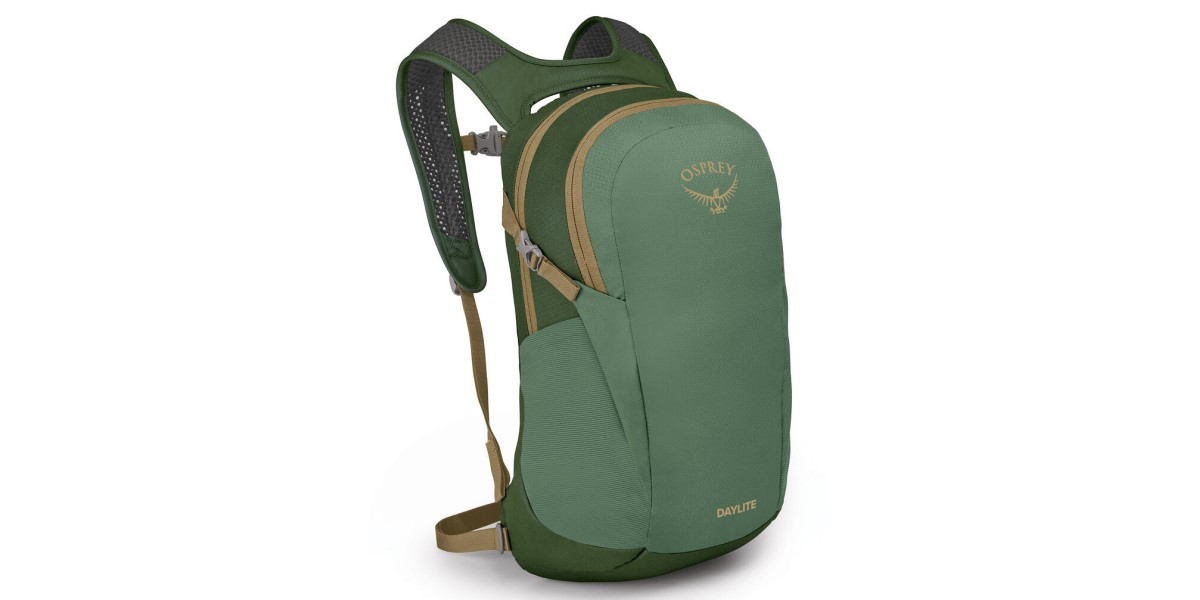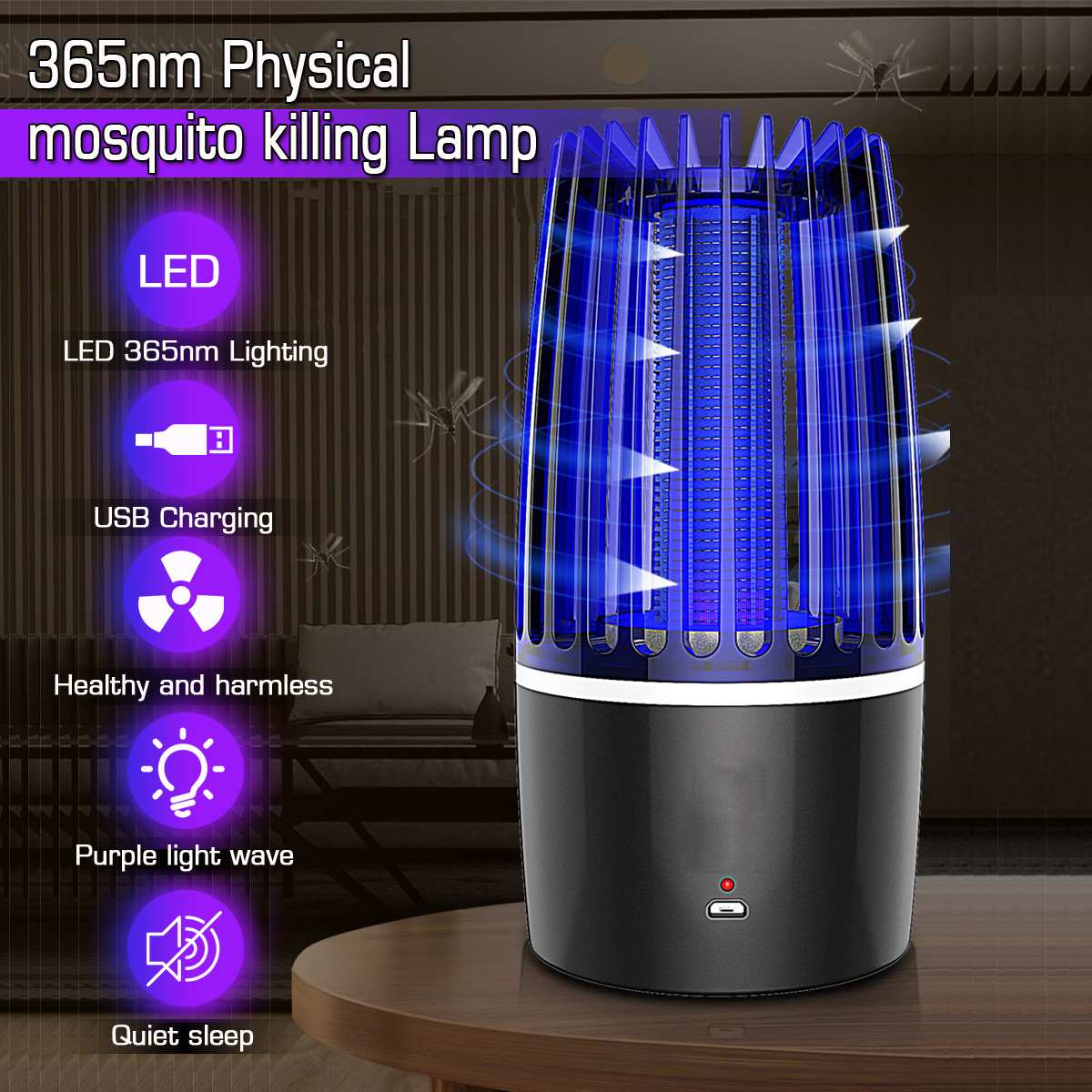This post contains affiliate links and as an Amazon Associate, Alpha and Omega Outdoors may earn from qualifying purchases.
You make your cast, you wait for the ripples to subside, and then you make your move. Pop… pop… pop…
If there’s a more exciting way to fish than with a popper fly, I haven’t found it yet. When bass are looking up, poppers provoke some of the most intense strikes you’ll ever experience on a fly. But there’s a trick to learning how to fish a popper on a fly rod.
When To Fish A Popper On A Fly Rod
First things first. When does a popper work best, and what are you likely to catch on it? In most cases, if you have a popper at the end of your line, you’re going after bass.
A popper excels at tempting strikes from bass in the dog days of summer, especially during the still hours of the morning and evening. Chugging a popper among the lily pads near the edge of a lake or pond can yield some of the summer’s biggest largemouths.
Smallmouth bass gobble them up too. You can really crush river and stream-dwelling smallmouths on a popper on a warm spring or summer day.
But in reality, you never know quite what you’ll catch. Crappie and bluegill have been known to snatch a popper from the surface of a weedy lake, and even trout may, on occasion, decide to make a meal of a popper.
What Makes A Popper Pop?
Well, you make a popper pop. But if you’re wondering how it works, it’s the concave shape of a popper fly that creates its signature spit, gurgle and pop.
That hollowed-out “nose” on a popper catches water, giving it an attractively erratic action as well as creating sound and vibration that resembles injured prey struggling on the surface of the water.
A popper should float on the surface. Once you’ve cast your fly and let it settle, it’s up to you to impart the popping motion that bass can’t resist.
Tips To Fish A Popper On A Fly Rod
Anglers often experience some level of frustration the first time they try to fish a popper on a fly rod. There’s a knack to it, and it might take you a few casts—or a few dozen—to get it just right. Keep in mind that the best technique depends on the situation.
There might be times when you’re trying to imitate an insect struggling on the surface, but poppers can imitate frogs and other critters too. Sometimes it’s not about making your popper look like something specific; bass can be triggered by the sound and vibration of the ‘pops’ more than the fly’s appearance.
Make Your Cast
Poppers aren’t very aerodynamic compared to most flies, and their bulk can make them challenging to cast. The key making a good long distance cast with a popper is to load the rod on the back-cast to create some energy.
Start with the rod tip close to the water and the popper on the surface. Use surface tension to load the rod and accelerate to a stop on the back-cast before making a smooth, steady forward cast.
Let It Sit
Once your popper fly has landed, let it pause before giving it a twitch. A good rule of thumb is to wait until the ripples completely die down before moving the popper. Bass strike a popper on the pause more often than they do when it’s moving.
Give It A Twitch
The best way to make a popper “pop” is by stripping line. Keep the rod tip low and give the line a quick tug followed by a sudden stop. This should pull the popper underwater for a moment with an audible popping or gurgling sound, after which it will return to the surface
Those big pops sometimes work, but in many cases, you’ll want an action that’s more subtle. To do that, it’s better to move the popper with your rod tip instead of stripping line. Giving your rod the slightest sudden upward flick will activate the rod tip and make your popper seem almost to dance in place.
Vary Your Retrieve
Fish respond differently in different situations, but keep in mind that it’s usually during the pauses between pops when a bass will strike your popper. Lots of quick, constant pops will turn fish off more often than not.
A good, simple retrieve to start with is “pop, pop, pause,” and repeat. Once you’ve got the hang of it, you can start experimenting. Slow it down. Speed it up. Shorten or lengthen the pauses. The fish will let you know what’s working and what isn’t.
Best Fly Rod And Line For Poppers
When you’re fishing a popper on a fly rod for bass, it’s generally a good idea to use somewhat heavier tackle than a typical trout setup. This is partly to help you wrangle in hard-fighting bass, but also to help you get more distance when you’re casting one of the least aerodynamic flies there is.
A good all-around choice is a 9-foot 6 or 7-weight fly rod with fast action and a stout butt section. You can get away with something lighter if you’re fishing for bass in a small pond or stream, but in big lakes, you’ll be glad you up-sized.
The TFO Mangrove Fly Rod and Echo Bad Ass Glass Quickshot Fly Rod are a couple of great rods for fishing a popper. Spool your reel with something like Scientific Anglers Mastery Bass Bug Fly Line, a floating line made specifically for fishing bass bugs and poppers.
Best Poppers To Fish A Popper On A Fly Rod
You don’t need to stock up on dozens of different popping flies, but you can fish a popper on a fly rod with more success if you have a few to choose from. Pick at least three or four poppers in different sizes and colors.
A Few Recommendations
- The Betts Bass Bug is a classic popper that comes in a variety of patterns.
- The Umpqua Bass Popper Fly is another good choice.
- The Umpqua Micro Popper Fly is a great choice for panfish.
Recommended Products Summary Table
| Amazon | Bass Pro Shops | |
| TFO Mangrove Fly Rod | Check Pricing Here | Check Pricing Here |
| Echo Bad Ass Glass Quickshot Fly Rod | Check Pricing Here | N/A |
| Scientific Anglers Mastery Bass Bug Fly Line | Check Pricing Here | Check Pricing Here |
| Betts Bass Bug | Check Pricing Here | Check Pricing Here |
| Umpqua Bass Popper Fly | Check Pricing Here | N/A |
| Umpqua Micro Popper Fly | Check Pricing Here | N/A |
Featured Photo by Paul Wolke on Unsplash











